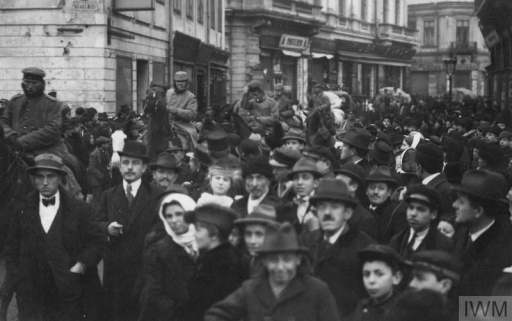Bucharest became the latest European capital to fall to the Central Powers when troops led by the veteran German commander, Field Marshal August von Mackensen, entered the city on 6 December 1916.
Romania joined the First World War in August, signing a treaty with Britain, France and Russia, and then attempting to seize Austro-Hungarian Transylvania with its large Romanian population.
The Central Powers responded with a series of counter-attacks.
Erich von Falkenhayn, recently ousted as German army chief, was given command of the campaign involving Austro-Hungarian, Bulgarian, Ottoman and German forces.
Pushed back from Transylvania, the Romanians found themselves squeezed between Falkenhayn’s armies in the north and those of August von Mackensen in the south, pressing across the Danube from Bulgaria.
Mackensen had already played a leading role in Germany’s campaigns on the Eastern Front and in the Balkans, including the capture of the Serbian capital, Belgrade in 1915.
As Bucharest fell, the Romanian government retreated to Moldova, continuing the fight until forced to conclude a peace with the Central Powers in May 1918.
Also in Centenary News: Forest of the Hanged – CN contributor William Illsley discusses Liviu Rebreanu’s classic story of divided loyalties during the Romanian campaign.
Sources: Wikipedia/various
Images courtesy of Imperial War Museums © IWM (Q 87112)
Posted by CN Editorial Team
